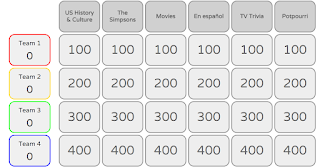The #donowmanifesto for this week:
Here is this week's Do Now prompt!
Can artist manifestos create social change?http://blogs.kqed.org/education/2015/07/08/artist-manifestos-social-change/
This week's Make Cycle theme is centered around games and game design. As game designers, we are also artists. Almost all game companies have a vision or mission when creating a new game. Making a profit is obviously important for any company - but there are other political or social goals that may be embedded within their efforts. How could a manifesto create this change?
Create your own manifesto that expresses your views and beliefs on this topic.
Share using the #clmooc and #DoNowManifesto tags.
... brings me to Symbolic Frame from B&? - creating... inspire hope...
I love the challenges that get me thinking, that have me diving further into my brain to connect thoughts and ideas! In a graduate course, we are talking about how the naming of a class can affect attitudes towards what happens there and who attends. Would you rather be in the "remedial reading" class or the "creative reading" class? The symbolic frame created by just a few words is powerful. With this in mind, I created my own manifesto:
It stems from my love of chaos theory:
cha·os the·o·ry
noun
the branch of mathematics that deals with complex systems whose behavior is highly sensitive to slight changes in conditions, so that small alterations can give rise to strikingly great consequences.
I believe it is important to know that from chaos, amazing things can rise.
I believe that each of us, no matter how small, can have big effects on the world (think butterfly effect).
I believe that sometimes we need to just jump into the deep end of the pool and start swimming for change.
And includes quotes from Friedrich Nietzsche, Alan Watts, and Deepak Chopra.
I believe that the only way to make sense out of change is to plunge into it, move with it, and join the dance. As we initiate change in our education spaces, I wish to challenge staff and students to think about their own manifestos. I would like the Makerspace Faciliatators to brainstorm one specifically for that environment as well.
















